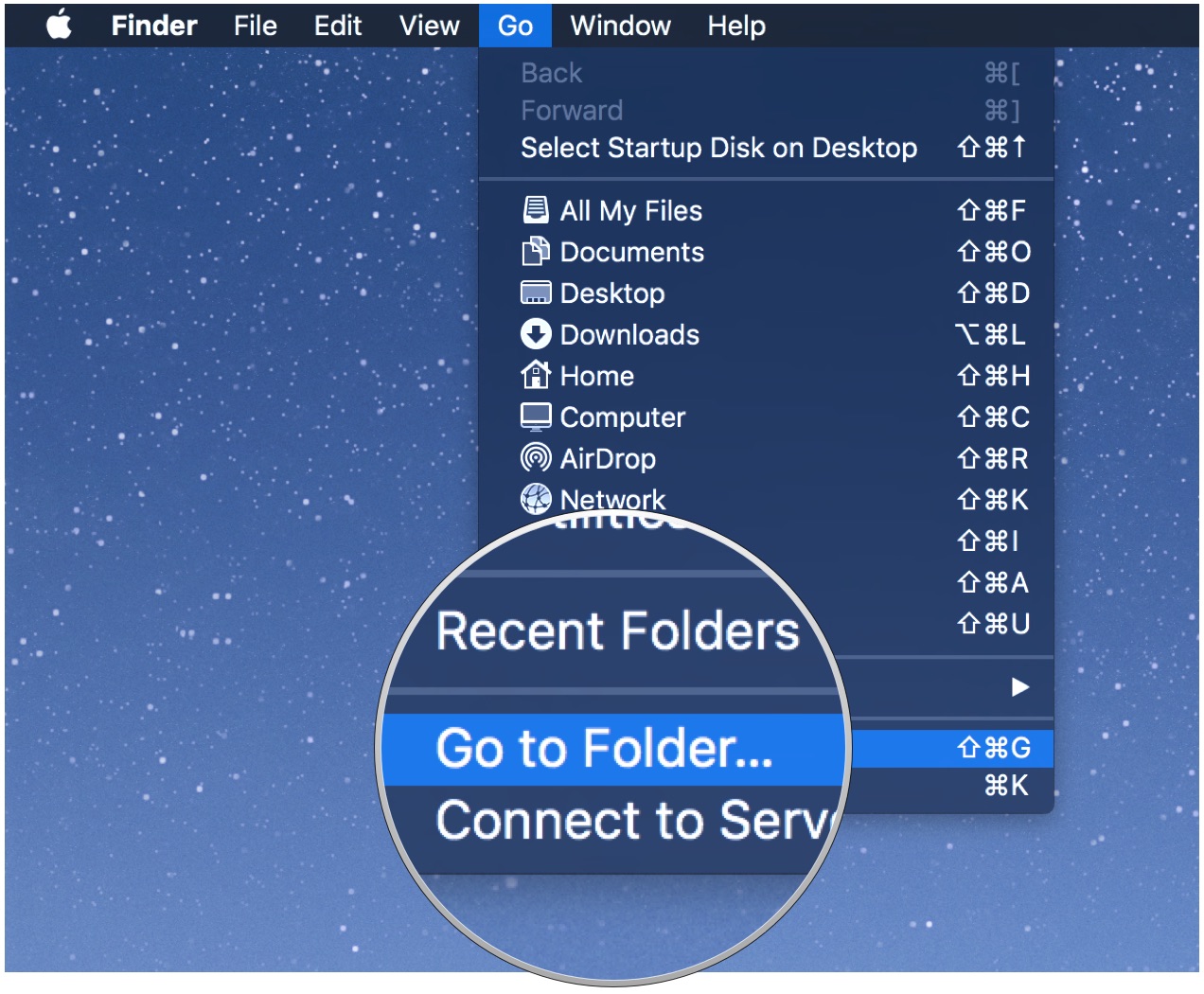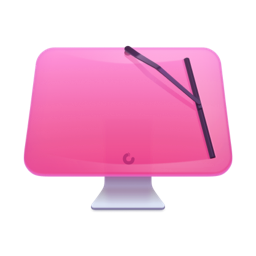

- #Find out mac other files where size full#
- #Find out mac other files where size free#
If you don’t like the Disk Inventory interface, there is a paid tool with a more modern design called DaisyDisk. It does show system files and will let you delete them, so you’ll want to stick mainly to your home directory unless you know what you’re doing.

There is one important thing to keep in mind when using Disk Inventory X, though. There’s also a tree view on the sidebar that lets you see how much space every folder takes up, and you can drill down to find the files you might want to delete. You can right-click each file to move it to the Trash or view more info about it. Click any square to view the associated file name. You can see which sections are taking up the most space by which squares in the visual display are the largest.
#Find out mac other files where size free#
Use a Third-Party Tool For Even Better Controlĭisk Inventory X is an excellent free tool for visualizing disk space. You can use it to configure iCloud storage and set your Mac to empty the Trash automatically, for example. The Storage Management app has some other useful tools, as well.

It’s hard to select specific files for deletion because you’re not given a proper context for where the files are stored or how important they might be.Ī much better interface is the Storage Management app built into macOS, which displays all files sorted by size, and shows the date you accessed them last:.
#Find out mac other files where size full#
The Finder only shows single files over a certain size, not folders full of smaller files, such as Downloads or program installs. However, there are two drawbacks to this method: You can then choose which ones you want to delete. Type in the minimum file size you want to search for (over 100MB or so will do the trick) and you’ll see a list of all files over that size. You can then use the drop-down menus to select the “File Size” and “Greater Than” options. Click the drive you want to search, open the search window, and hit the + button next to the “Save” button at the top right. Find Large Files Manuallyįinder has a built-in way for finding large files with Spotlight search. The Trash folder in macOS also can take up quite a bit of space if you haven’t emptied it in a while, so it’s worth taking a look to see if you’re still storing some large files. That folder is located here: ~/Library/Application Support/MobileSync/Backupĭepending on how big your device is, and how often you back up, these backup files can take up tens of gigabytes. One such place that can take up a lot of space is the folder where iTunes saves backups of your iPhone or iPad. The Downloads is one of them, and a lot of people fill it up and forget to empty it, but files are hiding in places you wouldn’t expect. Most of your files will only be in a couple of folders.







 0 kommentar(er)
0 kommentar(er)
